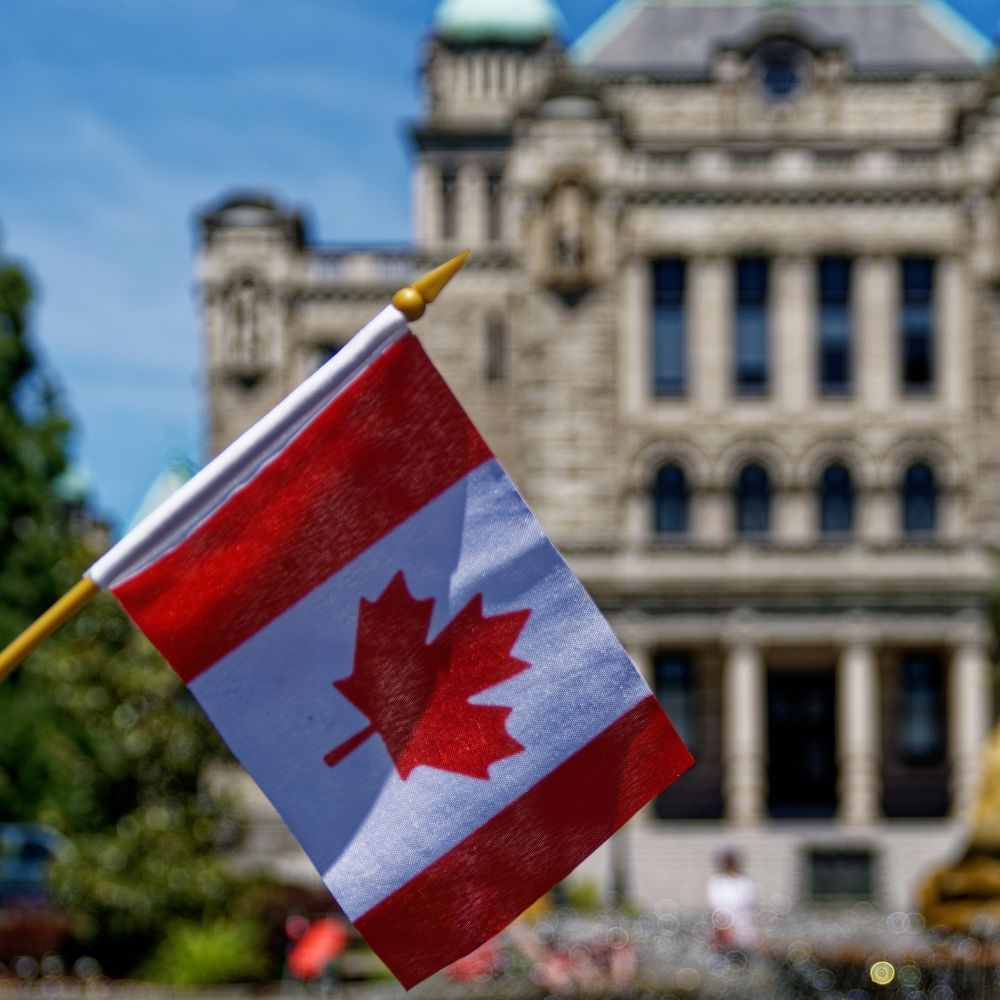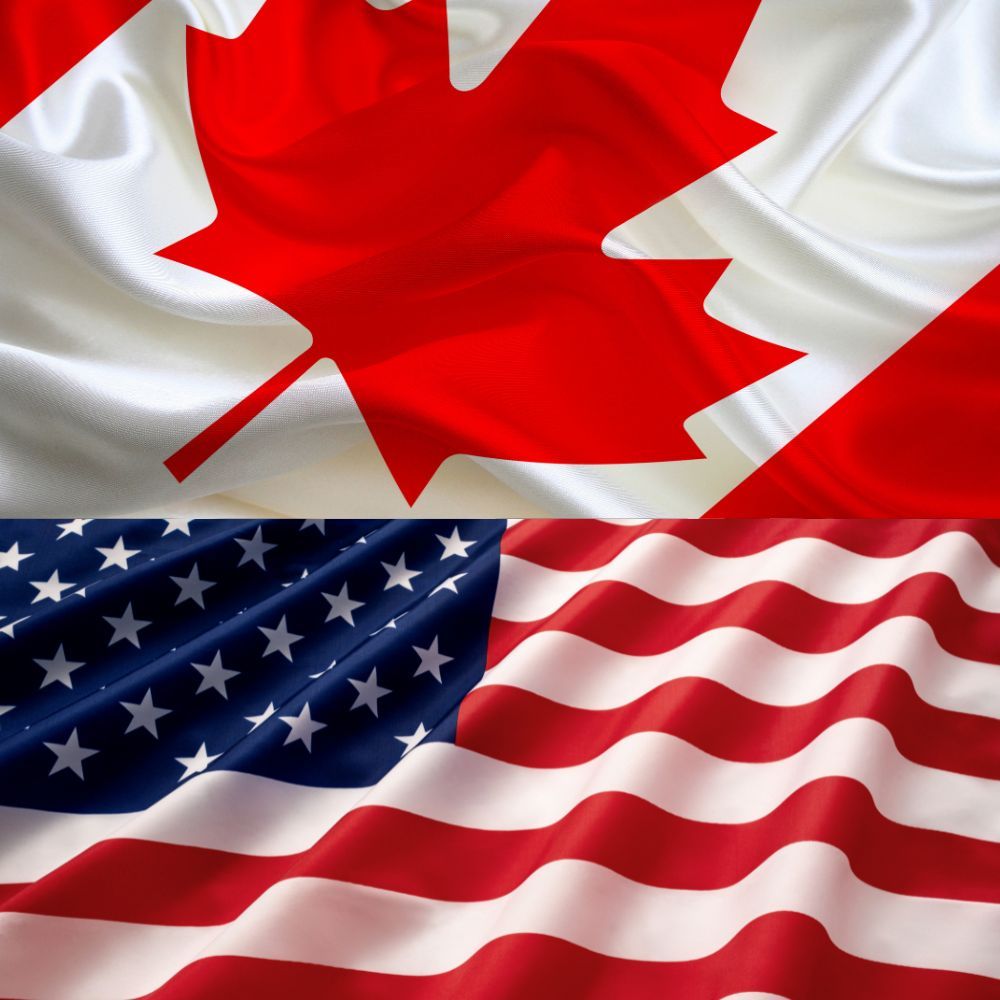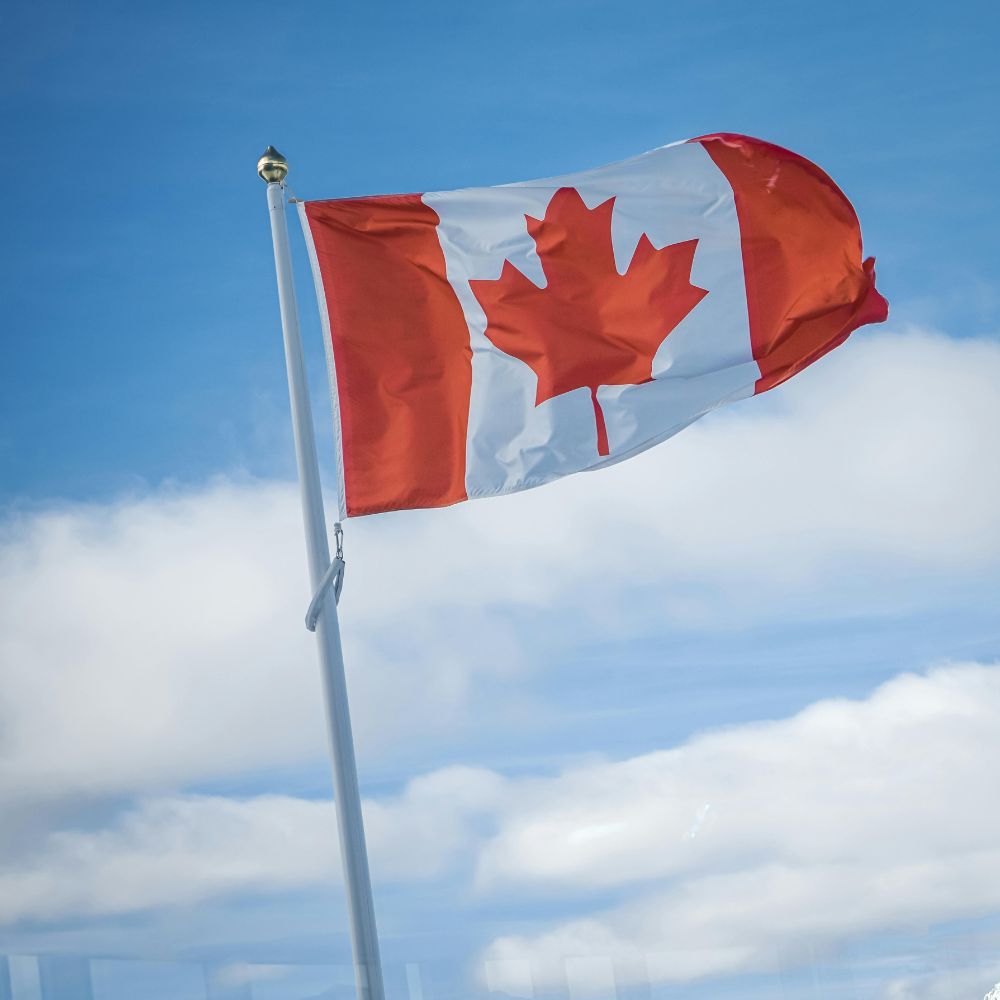Love Can Conquer All - Inspiring Stories for the New Year
In 1955 Frank Sinatra recorded Love and Marriage – go together like a horse and carriage. It took the popular music stoked yearnings for permanent love of the 50’s into new generations when it became the theme song for the American 1987-1997 TV series Married With Children. Unlike many non-human pairings including urban coyotes, bald eagles, sand cranes and grey and Algonquin wolves, human marriages are less successful in being monogamous with nearly three million marriages ending in divorce last year.

One of the reasons is perhaps that really successful love-soaked marriages are very seldom honored, talked about or featured in popular fiction, TV series or films. Hallmark films often feature love torn stories, but fail to picture true lasting love. It does not take much research to find marriages whereas Virgil wrote in the 5th century BC, love conquers all and is the glue of successful relationships that continue for better and for worse.
I, for one, feel that the six-part TV series Harry and Meghan was a convincing display of real love, deep affection and respect between two people facing horrific public challenges and in fact the opposite of normal family support. It is seldom that a documentary lets us see and share really intimate and loving moments. They were very moving.
The New York Times recently let us see another couple with this time a royal princess marrying a commoner and having to relinquish all royal privileges to be with him. Princess Mako of Japan fell in love with Kei Komuro who was brought up by a single mother. Both desperately wanted to escape their very different backgrounds and got engaged which unleashed a barrage of vicious media attacks and they found their relationship and a few family difficulties becoming a very public spectacle. But they persisted and got married and secretly escaped the New York where they lived a quiet and modest existence. Unlike Harry and Meghan were silent on the way they had been treated. The Princess is now an intern at the Museum of Modern Art and he is working at a New York law firm. Love indeed conquered all.
It also worked for the ongoing wonderful relationship enjoyed by former President Obama and his wife Michelle. They are open about the love that carried them through many vicissitudes. Here is what Michele said about their extended courtship: “As soon as I allowed myself to feel anything for Barack, the feelings came rushing—a toppling blast of lust, gratitude, fulfillment, wonder." He said, "I love this woman. We've had our rough patches...There were many..." Now "We are finding each other again," Michelle told People. "We have dinners alone and chunks of time where it's just us—what we were when we started this thing: no kids, no publicity, no nothing. Just us and our dreams." We all have seen them so often hugging and holding hands – and we are inspired.
Not to be outdone by an American Presidential pair, there is one Canadian political couple who match the mutual devotion and love of the Obamas, the Chretien’s. Isabelle Metcalfe a well-known Ottawa Liberal insider who worked for him summarized their relationship this way: “I think the love affair that they had defined them. They were lucky in love,” Ms. Metcalfe said. “He was kind of wild, but she could handle him. … She guided him and disciplined him and loved him.” She saw her main job was to be the partner of the man she fell in love with as a teenager. She did not seek the limelight but was a powerful force behind the scenes. She famously saved him from a knife-wielding intruder who broke into the Prime Minister’s Ottawa residence in the early morning hours of Nov. 5, 1995. Chretien said this in parliament after her passing in September 2020: “She has been by my side since 1963, through very difficult political battles and tense moments in this life, which we love so much but which is so fraught with pitfalls,” I met them many times and their love and respect for each other shone through.
In the music business there is one stand out long loving couple. Johnny Cash and June Carter. They first met backstage at the Grand Ole Opry. Touring, they fell in love, and married in 1968. Cash openly credited her with helping him recover from drug addiction. The couple died within four months of each other. This was true love. Cash’s definition of paradise was simple, “this morning, with her, having coffee.” Two other quotes from Cash: “Loneliness is emptiness, but happiness is you… Life and love go on, let the music play.”
Elizabeth Barrett Browning and Robert Browning are both famous as literary figures but are also well known for their love story, a real Victorian romance with hundreds of love letter, an elopement which resulted in her being disowned by her father. Her most famous love poem How do I love ends this way: I love thee with the breath, Smiles, tears, of all my life; and, if God choose, I shall but love thee better after death.
In my romance novel Slow Love I weave a tale of love that shows that love can continue after death, and that there is presence of the loved one after he or she passes. Can love conquer death? Some who are lucky enough to have a sustained and powerful love relationship will find out.
Patrick Gossage Insider Political Views




